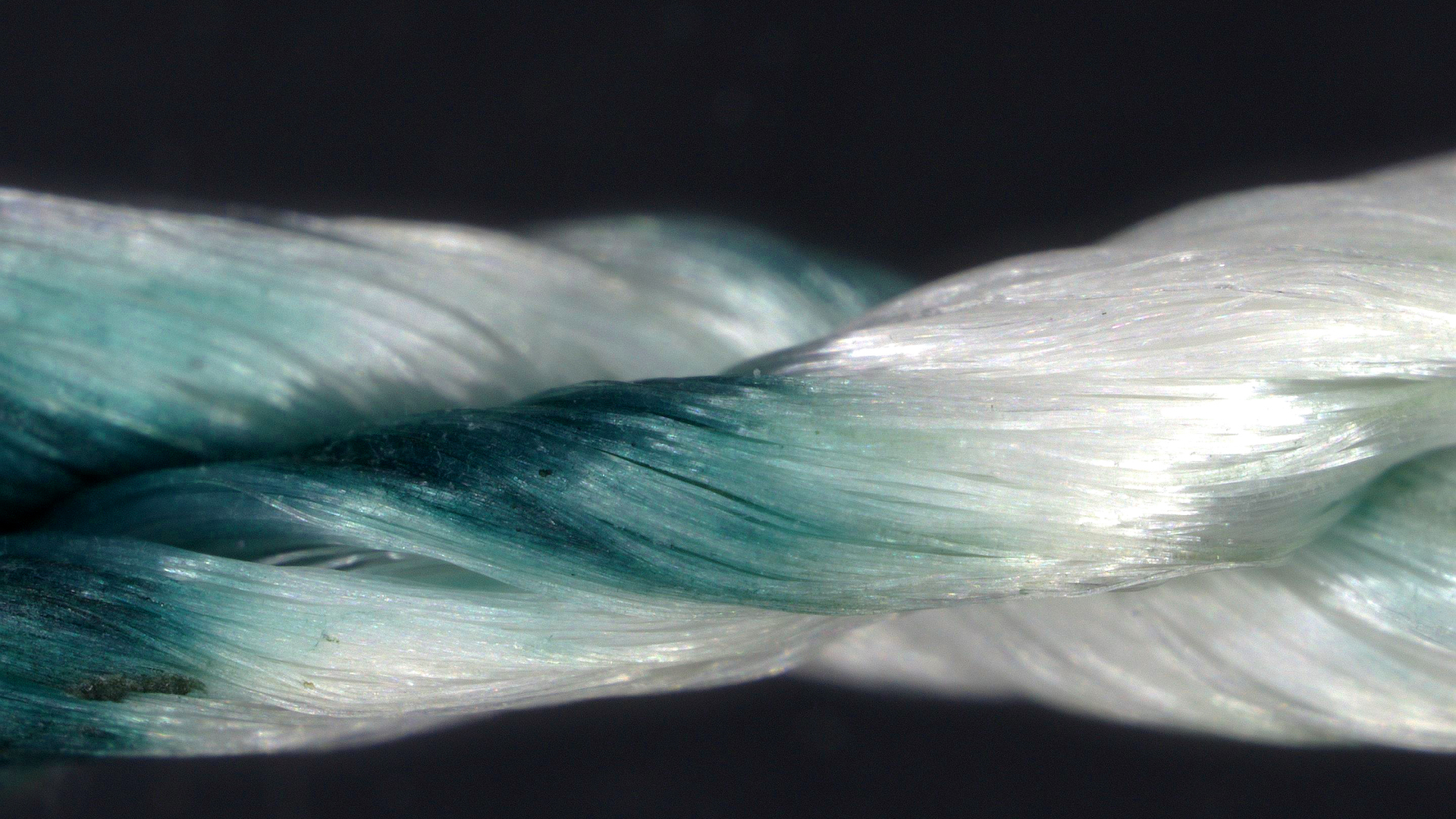
Meet United Matters, a London collective exploring how we might live in the future by blurring the boundaries between craft, science and technology. United Matters present their work during Dutch Design Week, showcasing a variety of design approaches, ranging from material innovation, to creative technological exploration and speculative design. The intended outcome is to disrupt people’s perspectives and provoke real-world change.
How Material Futures could bring us closer to our body
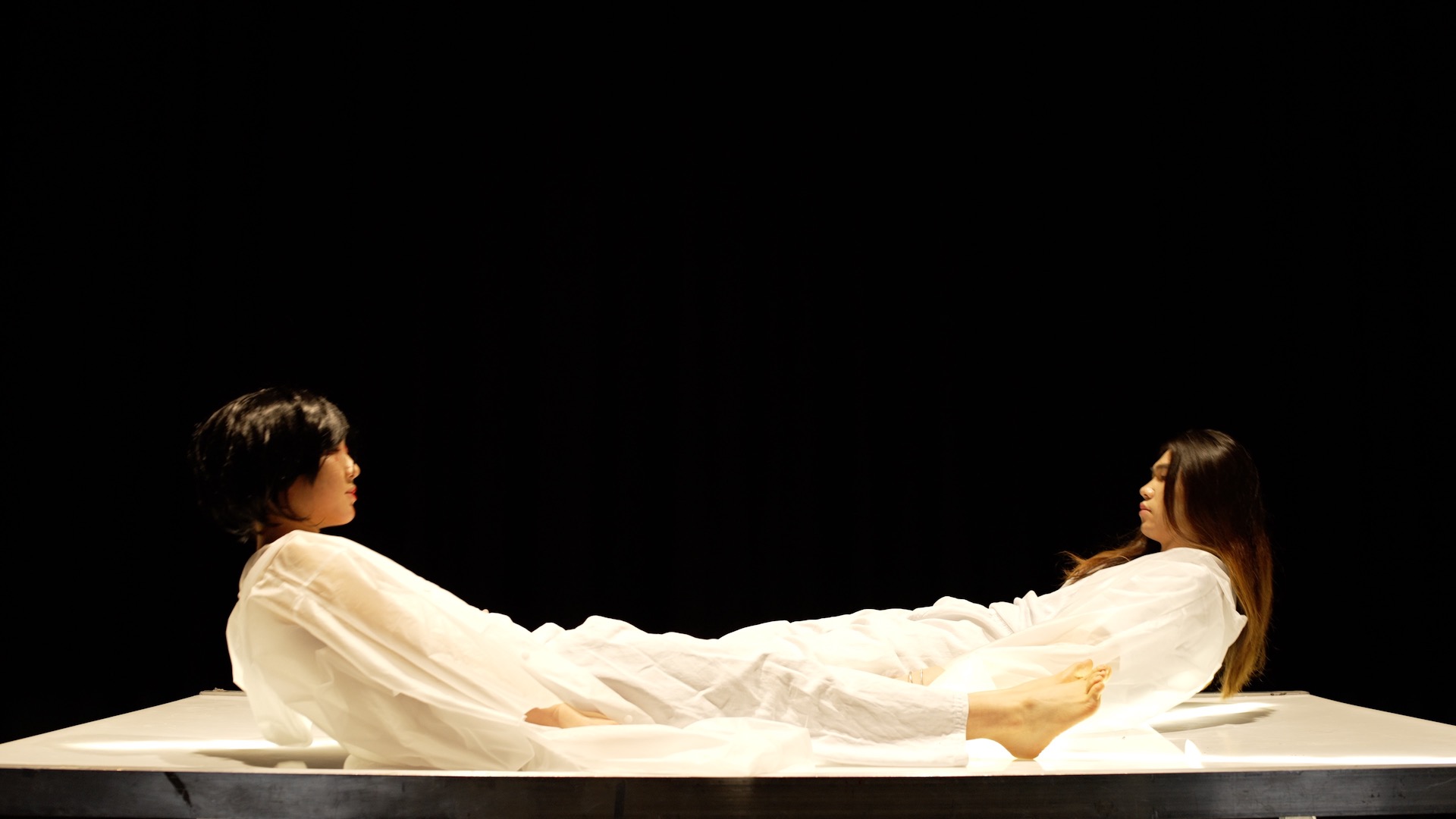
How to design a narrative through skin?
'Skin Atlas' draws attention to the importance of skin as an organ, material and communicator. Skin Atlas is a graduation project that covers the languages of skin and the stories it can tell. It reminds us how unique and personal our skins are, such as fingerprints, and how difficult it is to live when there is no sense of touch to feel on our skins.
By Anja Eliert
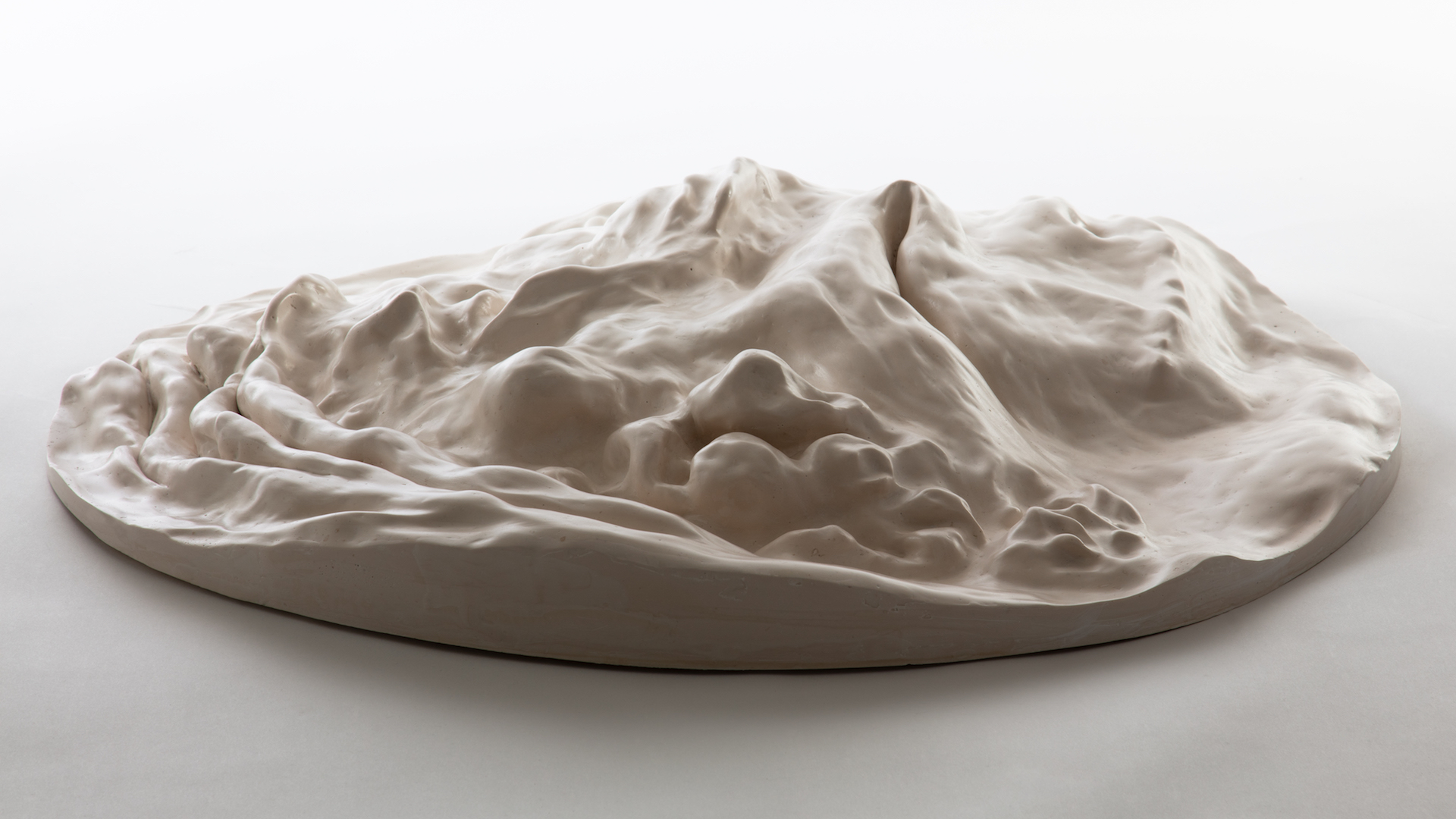
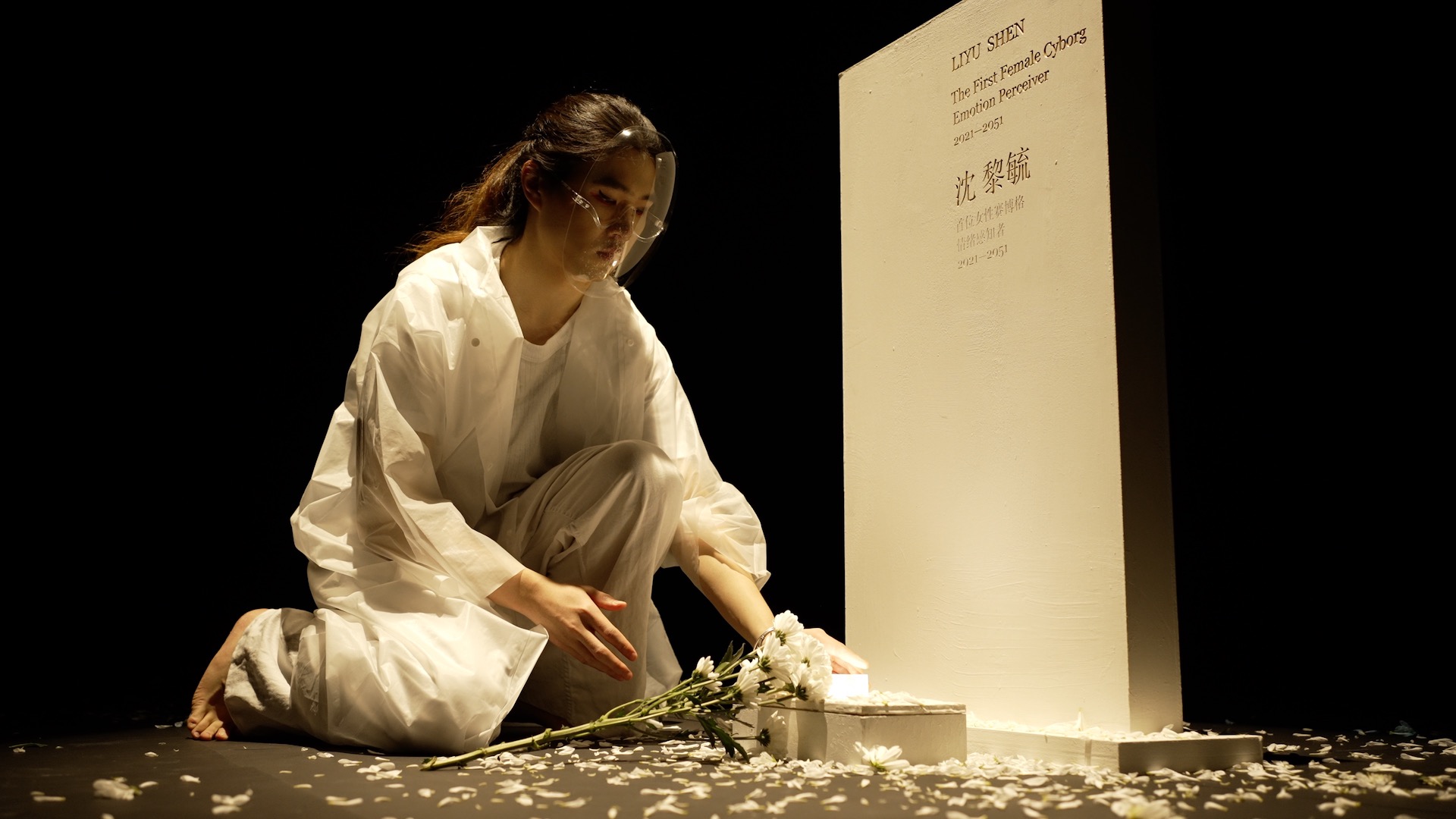
How to design a harmonious cyborg world?
'Emotionally Harmonious Cyborg Future' examines the possible impact of a future cyborg that can see human emotions on ourselves and our society. This project explores the potential future where biology, machinery and information are fused together, initiating a discussion on intellectual equality. The project benefits from physical models such as emotional cloud computing services and emotional buttons to bring a unique performance to the audience.
By Liu Gongjie
How to design mindfullness?
'Therapeutic Jewellery' is a contemporary jewellery collection. Each piece is designed to reduce the effect of anxiety, depression and fatigue, mostly the conditions highly related to the impacts of the pandemic. In this project, Chen worked with Traditional Chinese medicine experts to find ways to embed Chinese therapeutics into Jewellery. In the end, they came up with the Therapeutic Jewellery collection: each work embodies the five Chinese elements, which are gold, wood, earth, water and fire.
By Peishan Chen
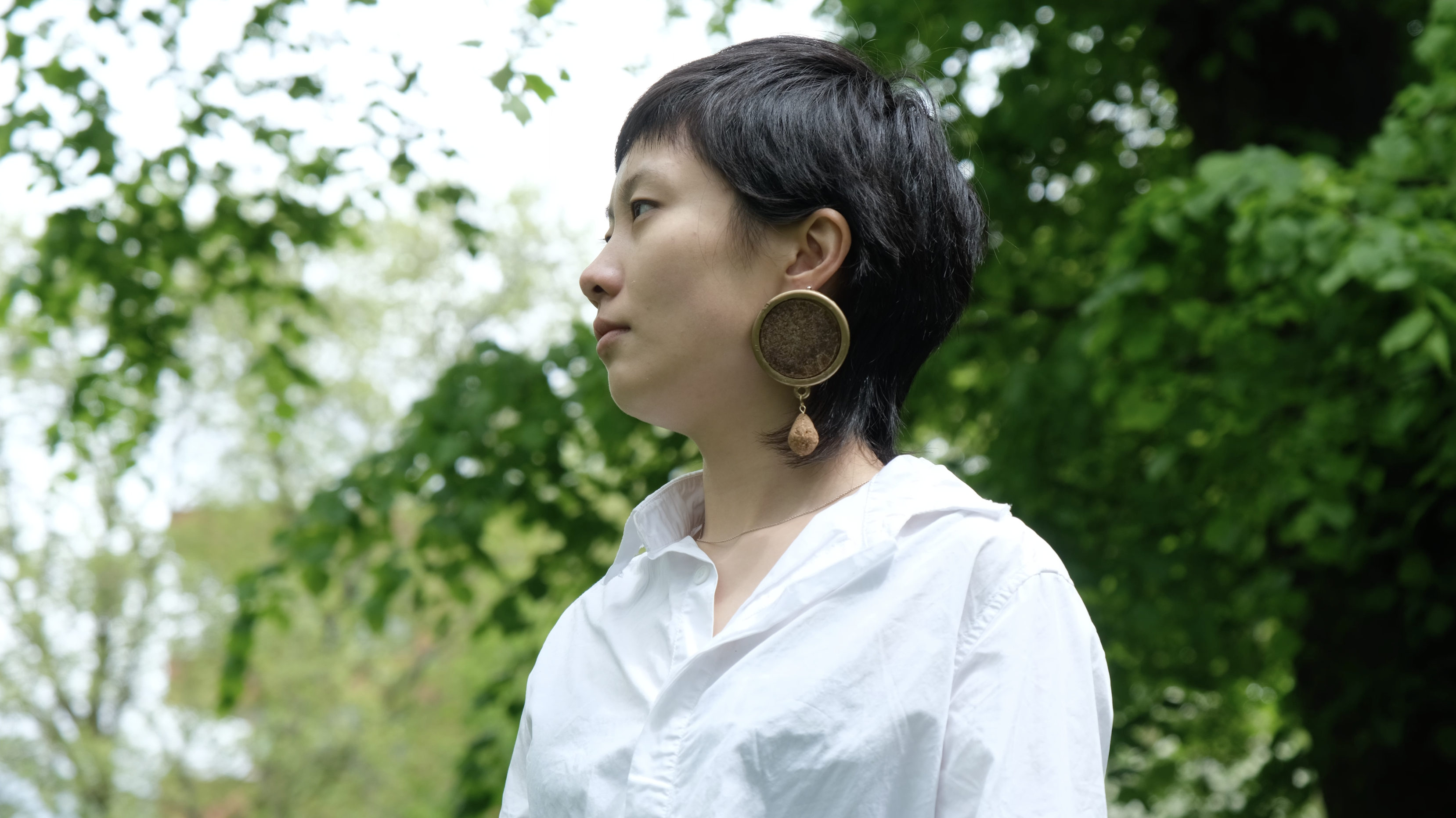
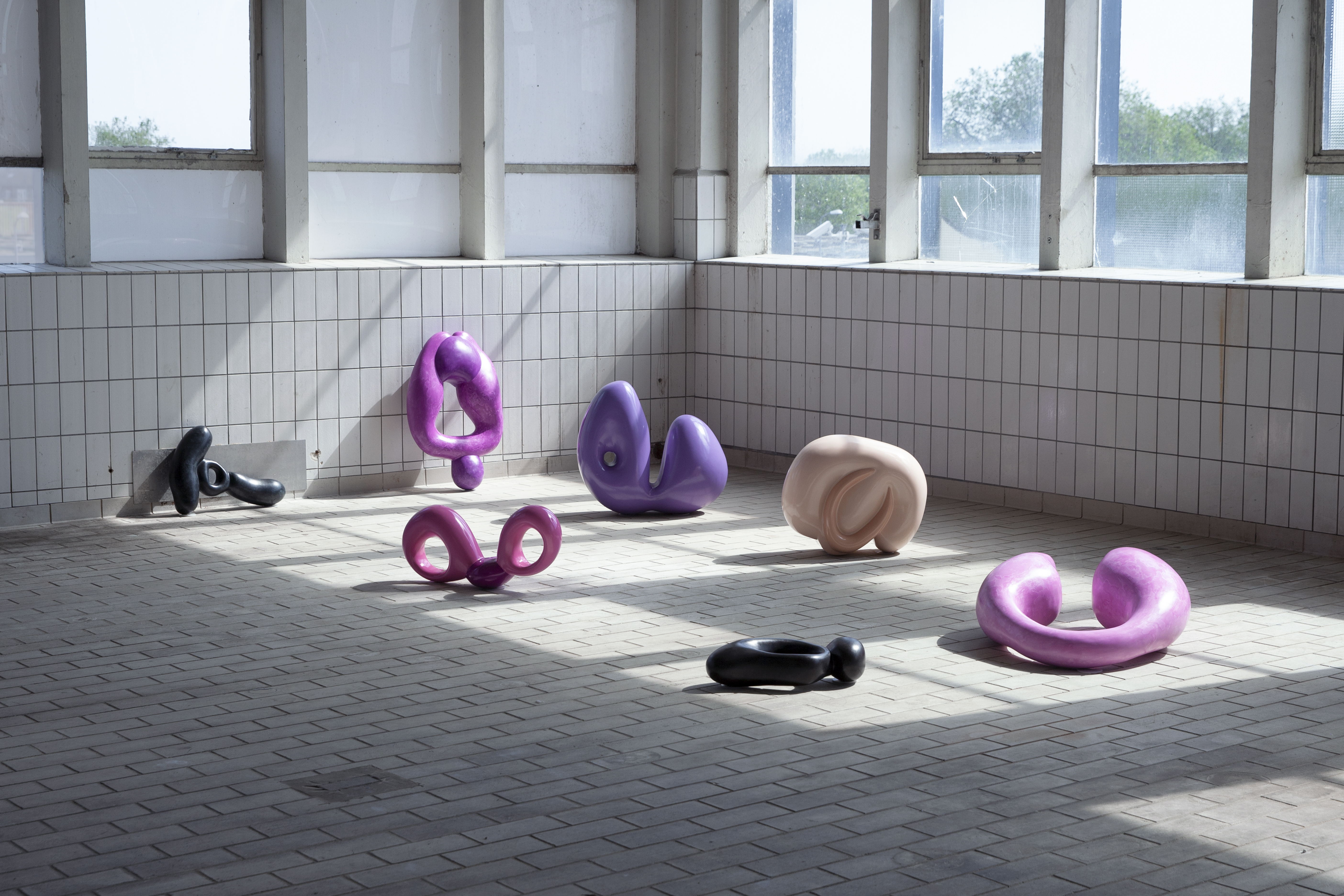
How to design intimacy?
'Objects of Desire' investigates the relationship between humans and technology, which will continue to blur and might disappear in the future. The goal is to transform this developing interaction into a tangible subject as a collaboration between the designer (human) and an algorithm (technology). It consist of three-dimensional objects created as a result of curation of data containing abstract and realist sex toys and a collection of 1000 non-existent shapes made by the initial dataset.
How to design for our subconciousness?
'Subconscious Behavioural Design' is a series of oral cleaning product designs based on psychoanalyst Carl Jung’s concept of the collective unconscious. Li created four objects that reveal different perspectives on these designs: LICK-LEAN, The Turn Minator, NorMal Toothbrush and BITY-FREE. They are products with separate functions for each, tongue-like tools that create fun sensations by vibrating, a sensor measuring the mothers level of discomfort while feeding the baby, a finger brush and a finger tip made edible toothpaste.
By Luyao Li
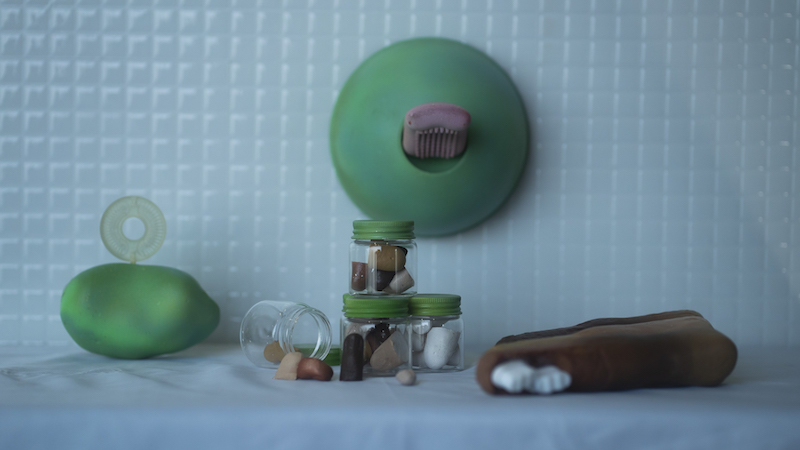
How Material Futures could bring us closer to our home
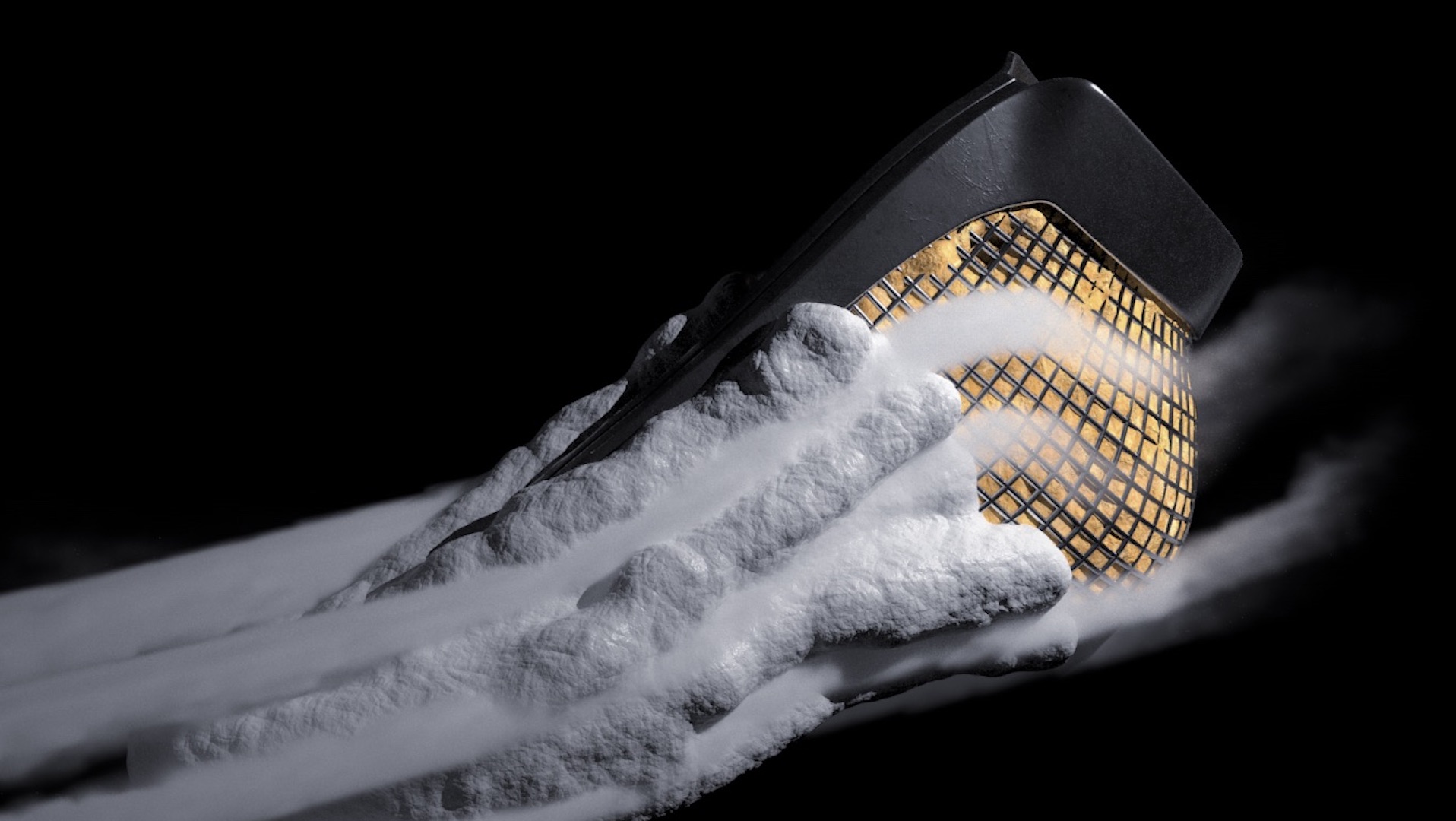
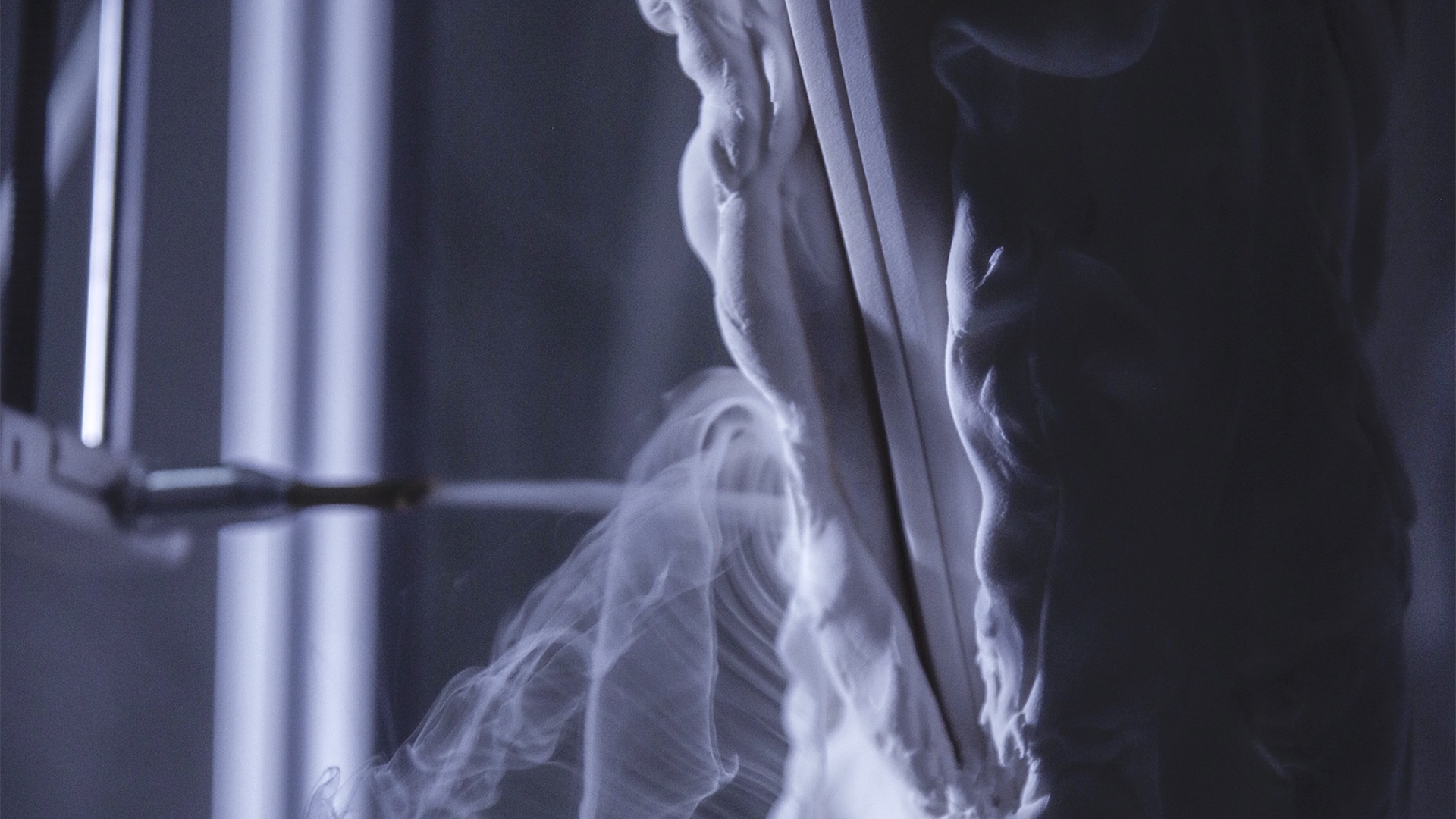
How to design with life?
'Sculpting with Air' explores design through mycelium foam. The raw materials collected for this project comes from agricultural wastes: corn husk and hemp. Under the conditions of high humidity, high carbon dioxide, proper temperatures and airflow running constantly, a foam-like element is formed and can be used as a material. The project provides another way and opportunity to work with living materials by harnessing the growth instead of fitting them into moulds.
By Lars Dittrich (icw Eveline Peeters and Simon Vandelook)
How to store water through design?
'Aqua Dentro' suggests a solution for the predicted water shortage in the UK, which is expected to be in 2050, by exploring the greywater filtration system. This system operates with biological filters to purify the water, and the plants used in this process can serve for other utilizations such as air purification. Application of this technique can reduce the freshwater intake of houses, but it depends on the perception of waste and the introduction of these systems in daily rituals.
By Eliza Collin

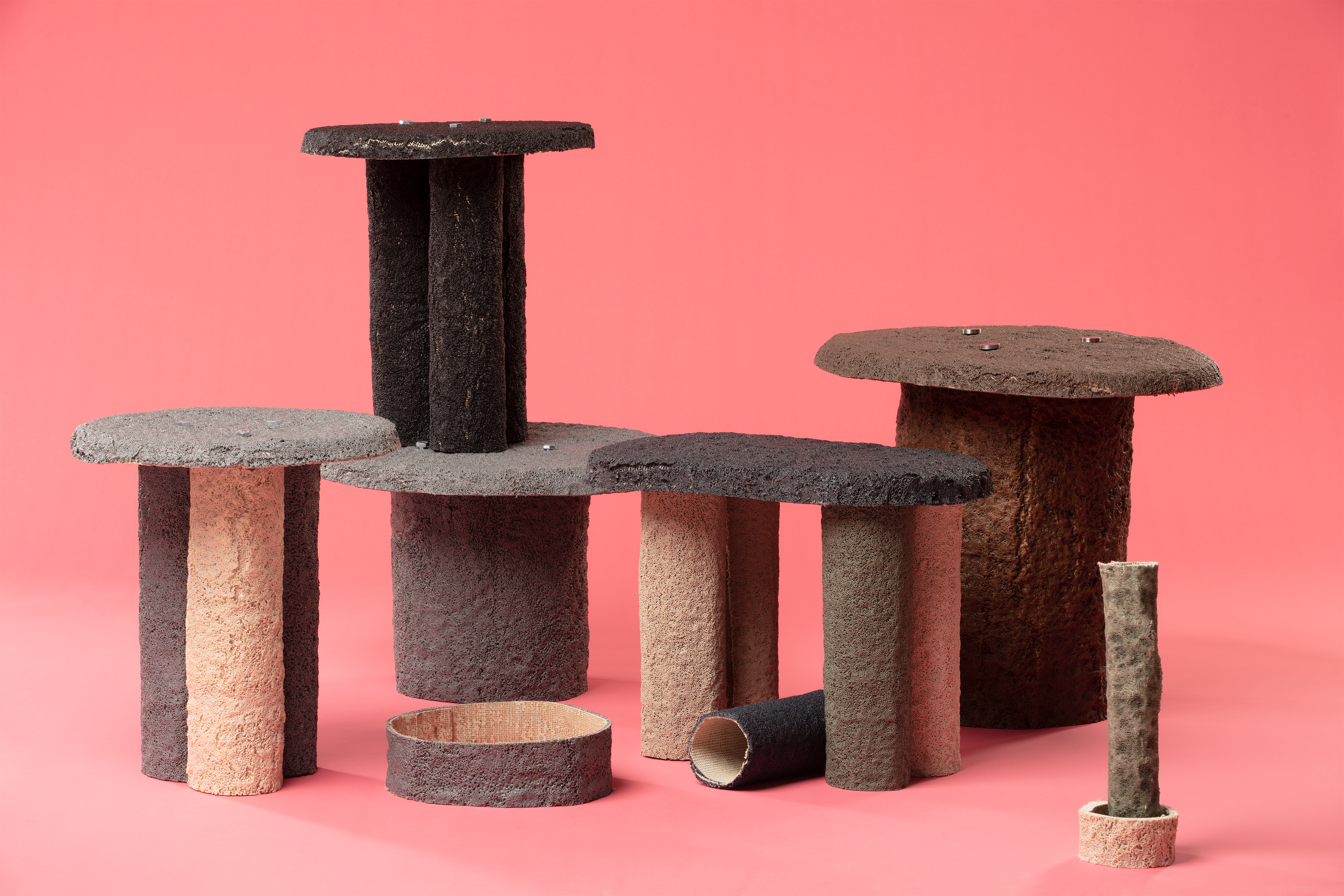
How to design with waste?
'Carpet Matter' is a collection of tables constructed using carpet waste gathered from local shops. It aims to raise awareness on environmental issues; there are 400,000 tons of carpet waste in the UK every year. Despite this, these waste products are rarely recycled. After experimenting with waste carpet materials, Cenedella came up with a technique to repurpose the material and design new products. The project provides a perspective on using waste carpet materials as a part of a closed-loop system.
How Material Futures could bring us closer to our enivornment
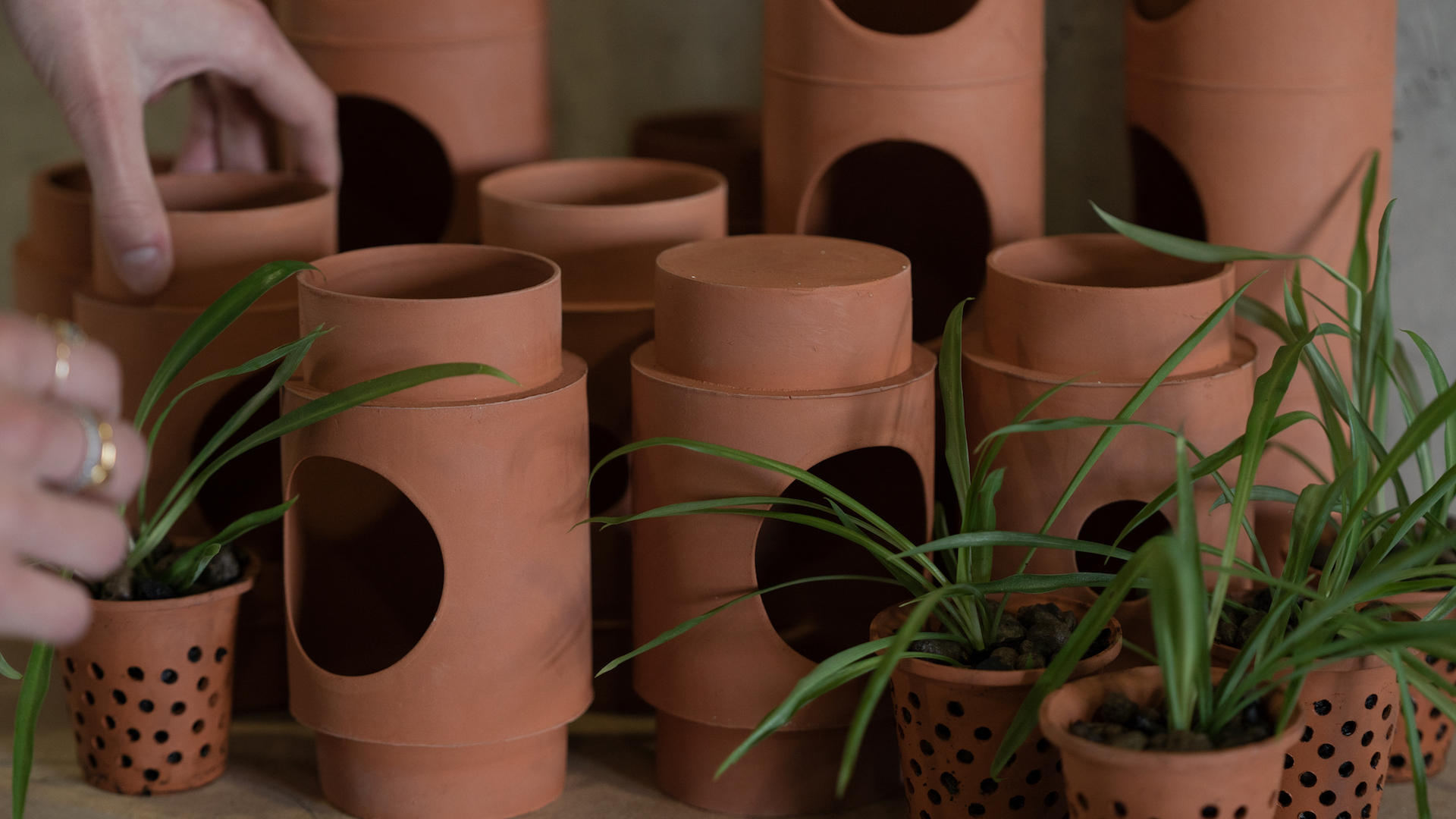
How to design living colors?
'Myco Colour' is a textile dyeing method by developing a pigment-producing fungus directly on the textile itself. The project started when a turquoise colored piece of wood was found in the forest, which was colored by a blue elf cup, a mushroom that is capable of creating blue-green pigments. The discovery of this fungus might allow designers to produce half-controlled works: the person can choose the initiation point of growing the organism and their source of nutrition, yet, letting the mushroom build the rest.
By Liene Kazaka
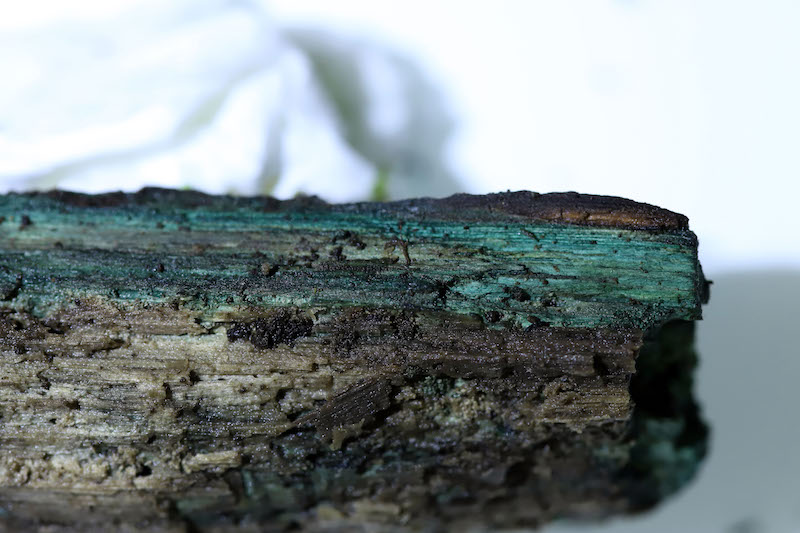
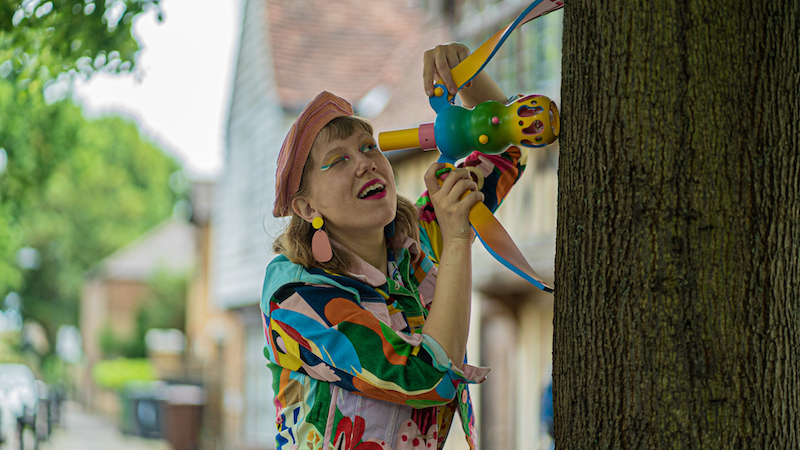
How to design kinship with our environment?
'Earthkinology' is an interactive and optical street installation made of waste materials. It emphasizes our rising interest in being connected to nature and becoming climate-resilient by providing a new way of expanding our collective kinship with the environment. This colourful public installation offers a fun way of interacting with the local environment.
How to design for biodiversity?
'The Butterfly Bridge' is an augmented reality video game serving a crowdsource on urban biodiversity. In this game, the player gathers information on the area’s flora using a butterfly-biased plant recognition tool to detect the butterfly habitat and food plants. After that, the player can plant digital seed tokens, which can be converted into data specific to the location. By implementing these seeds, information and resources that are useful for creating travel paths and terrains for the butterflies.
By Christoph Dichmann

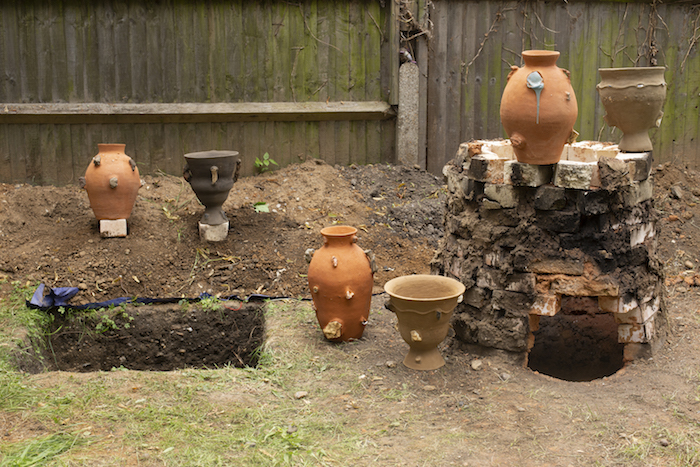
How to design for geology?
'Hollow Earth' explores the use and ecology of soil in this hyper-localized project. The designer excavated various forms of soils for cherishing their relationship with soil and their surroundings. Multiple forms of soils, artefacts and ecofacts are identified and collected, categorized based on their geological layer. Then, decorative pieces are created by using the excavated material. By this project, the underrated importance of soil and how human activities impacted soil throughout the years is communicated.
Visit United Matters during the Dutch Design Week, for the fifth year in a row, the collective showcases the projects by the MA Material Futures graduates.